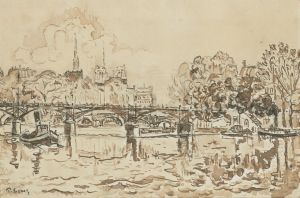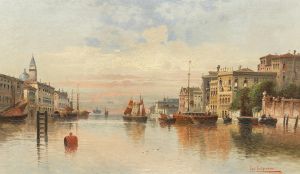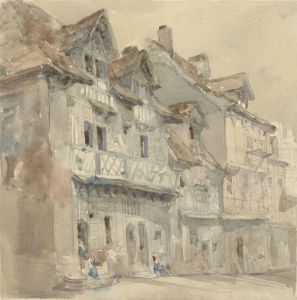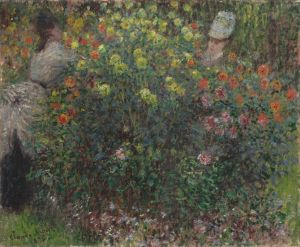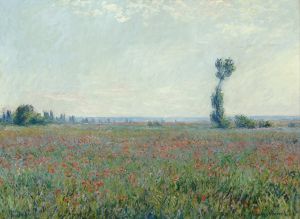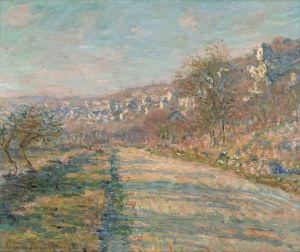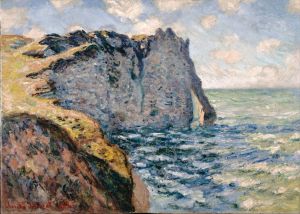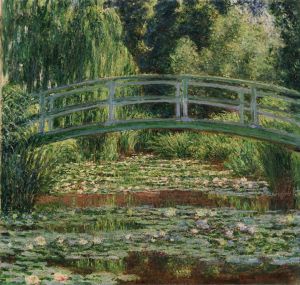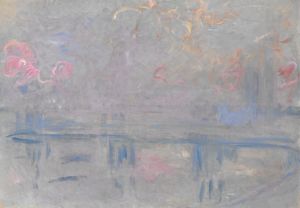
The Railroad bridge in Argenteuil
A hand-painted replica of Claude Monet’s masterpiece The Railroad bridge in Argenteuil, meticulously crafted by professional artists to capture the true essence of the original. Each piece is created with museum-quality canvas and rare mineral pigments, carefully painted by experienced artists with delicate brushstrokes and rich, layered colors to perfectly recreate the texture of the original artwork. Unlike machine-printed reproductions, this hand-painted version brings the painting to life, infused with the artist’s emotions and skill in every stroke. Whether for personal collection or home decoration, it instantly elevates the artistic atmosphere of any space.
"The Railroad Bridge in Argenteuil" is an oil painting created by the renowned French Impressionist artist Claude Monet in 1873. This artwork is one of the many pieces Monet painted during his time in Argenteuil, a small town located on the banks of the Seine River near Paris. Argenteuil was a popular location for many Impressionist painters during the late 19th century due to its picturesque landscapes and the vibrant interplay of light and water, which were ideal for the Impressionist style.
Monet moved to Argenteuil in 1871 and lived there until 1878. During this period, he produced a significant body of work that captured the essence of modern life and the changing environment brought about by industrialization. "The Railroad Bridge in Argenteuil" is a prime example of Monet's interest in depicting contemporary subjects and his fascination with the effects of light and atmosphere.
The painting portrays the railway bridge that spans the Seine River in Argenteuil. This bridge was an important symbol of the industrial progress of the time, representing the rapid expansion of the railway network in France. Monet's depiction of the bridge is characterized by his use of loose brushstrokes and a vibrant color palette, which are hallmarks of the Impressionist movement. The bridge is shown in the background, with the river flowing beneath it and small boats dotting the water's surface. The sky is filled with soft, diffused clouds, and the sunlight reflects off the water, creating a shimmering effect.
Monet's choice of subject matter reflects the Impressionists' interest in capturing scenes of everyday life and the impact of modernity on the landscape. The presence of the railroad bridge in the painting highlights the intersection of nature and technology, a theme that was prevalent in many of Monet's works from this period. The painting also demonstrates Monet's skill in capturing the transient effects of light and atmosphere, as seen in the way the sunlight interacts with the water and the surrounding environment.
"The Railroad Bridge in Argenteuil" is part of the collection at the Musée d'Orsay in Paris, which houses many other significant works by Monet and his contemporaries. The painting is celebrated for its innovative approach to composition and its ability to convey the dynamic changes occurring in 19th-century France. Monet's work during his time in Argenteuil played a crucial role in the development of the Impressionist movement, influencing future generations of artists and shaping the course of modern art.
Overall, "The Railroad Bridge in Argenteuil" exemplifies Monet's mastery of capturing the fleeting moments of light and color that define the Impressionist style. It stands as a testament to his ability to blend traditional landscape painting with modern themes, offering viewers a glimpse into the transformative period of the late 19th century.






